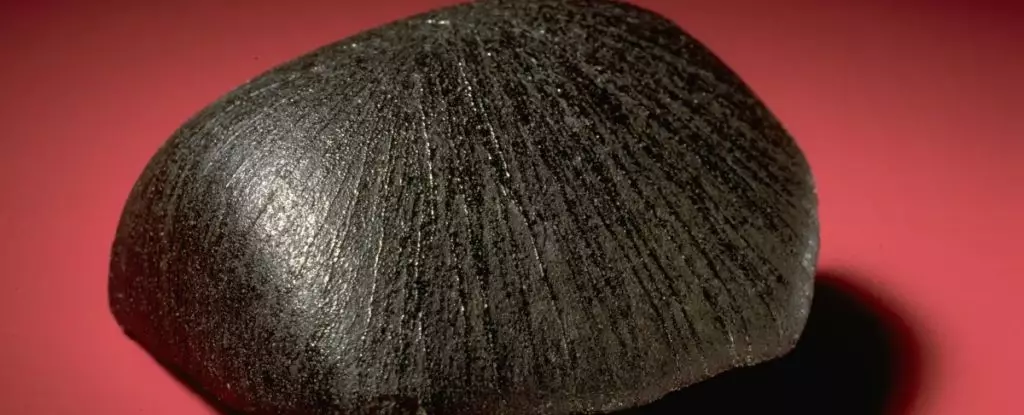The most compelling question in planetary science is whether life once flourished beyond Earth. Mars—a planet seemingly devoid of life—holds the remnants of a rich history. New research leads us to conclude that this enigmatic planet was once enveloped by an extensive network of lakes and oceans. Evidence supporting this assertion is provided by sedimentary deposits and minerals uncovered by robotic explorers traversing the Martian landscape. Yet, the challenge of establishing the timeline of this planetary transformation remains a complex puzzle.
Recent advancements provide a critical piece to the Mars water mystery. A unique meteorite, known as the Lafayette Meteorite, ejected from Mars around 11 million years ago, has become a key artifact in understanding Martian water history. Recent analyses of this meteorite reveal the compelling possibility that liquid water was prevalent on Mars less than a billion years ago. Specifically, minerals found within the meteorite formed approximately 742 million years ago, significantly enhancing our understanding of the planet’s geologic timeline.
According to geochemist Marissa Tremblay from Purdue University, the dating of these minerals is illuminating. “We dated these minerals in the Martian meteorite Lafayette and found that they formed 742 million years ago,” she stated. However, it’s important to underline her caution that while liquid water did exist, it may not have been abundant as we would envision it today. The prevailing theory suggests that this water resulted from the melting of subsurface ice—termed permafrost—primarily triggered by sporadic magmatic activity on the Red Planet.
The significance of identifying such mineral compositions cannot be understated. One notable mineral in this analysis is iddingsite, which emerges from the reaction of volcanic basalt in the presence of water. The presence of iddingsite within the Lafayette Meteorite, particularly its inclusion of argon, enhances our ability to understand the interactions that might have occurred during a period that includes both volcanic activity and water presence, painting a more vivid picture of Mars’ emotional past.
The researchers employed advanced radiometric dating techniques to establish timelines. This method relies on the analysis of isotopes of argon, which emerge from the decay of potassium. When potassium is absent, scientists can still obtain valuable information from argon-40 by studying isotopes like argon-39. This innovative approach enables researchers to piece together a precise narrative of when water once interacted with Martian rock.
Interesting to note is the meteorite’s journey through space. The natural heat and pressure experienced upon being ejected from Mars, along with the environmental factors it encountered over the 11 million years spent hurtling through the Solar System, could have significantly altered the meteorite’s structure. Nonetheless, the researchers diligently modeled these elements to ensure that they did not interfere with accurately estimating the age of the aqueous alteration present in the Lafayette sample.
These findings cast new light not just on the geological history of Mars but also raise questions about Earth’s own water acquisition. The research team suggests a considerable overlap between volcanic activity on Mars and the presence of liquid water, which highlights intriguing connections to other planetary bodies. The ongoing activity beneath Mars’ surface—recently observed by NASA’s InSight lander—suggests a more dynamic and lively Martian environment than previously required.
Furthermore, Tremblay emphasizes a broader application of these dating techniques. The robust methodologies developed to ascertain when liquid water existed in Meteorites can usher a new era of exploration regarding water presence across the Solar System. Such insights could ultimately help comprehend how Earth came to possess its vast oceans, providing a critical layer of understanding in planetary evolution.
The investigation of the Lafayette Meteorite not only serves as a testament to the rich history of water on Mars but also opens pathways to future exploratory missions. As technology advances, the analysis of Martian meteorites promises to enrich our understanding of both Mars and Earth, challenging assumptions about the evolution of our planets and the possible existence of life elsewhere in the universe. With new techniques at our disposable, the fascination with Mars—and its secreted past—remains as compelling as ever.


Leave a Reply